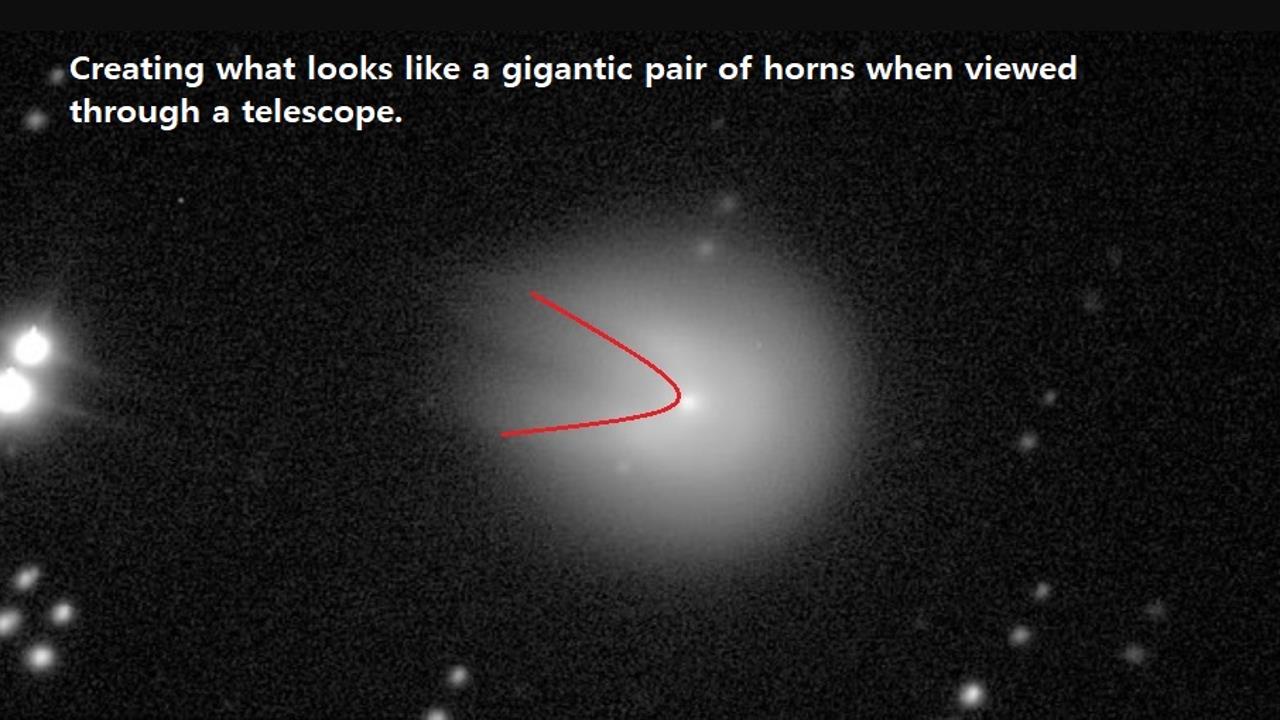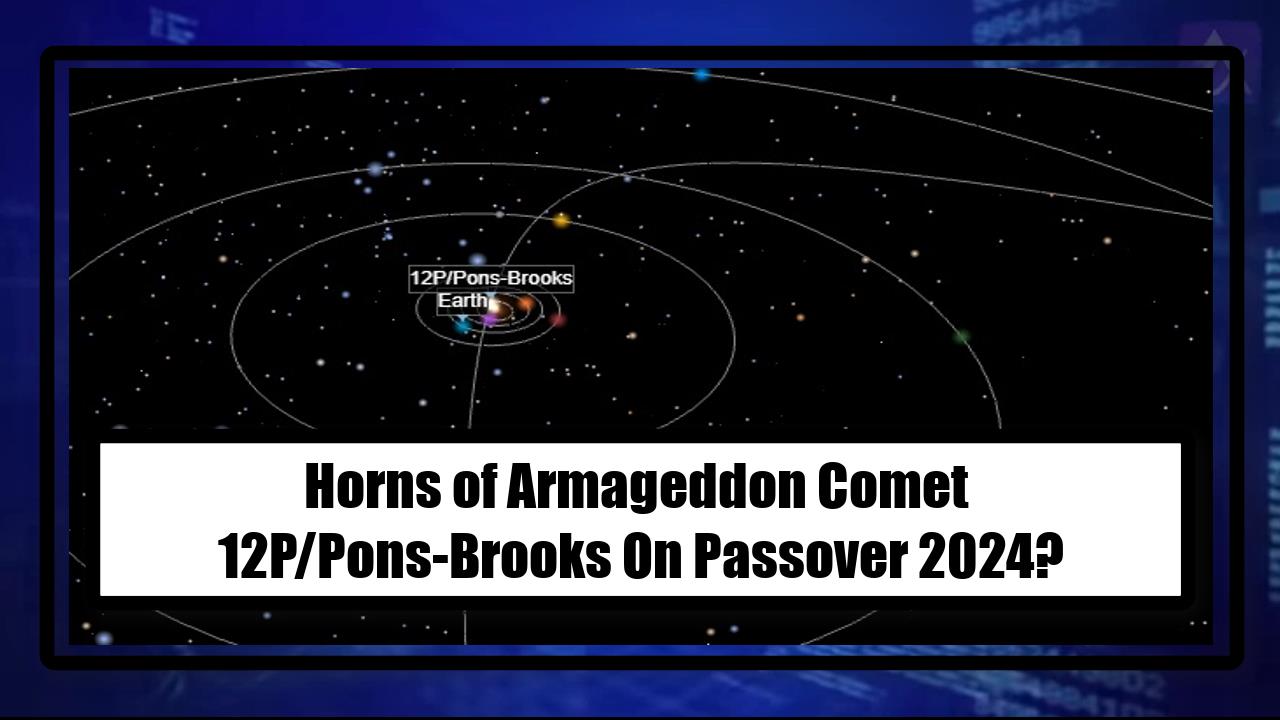Video:
Take our online poll:
AI Analysis:
The likelihood of Earth being impacted by an asteroid or comet is a real but relatively low-risk event over a human timescale. Here are some key points to consider:
1) Frequency of Impacts: Small asteroid impacts occur relatively frequently, with objects ranging from a few meters to tens of meters in size striking Earth annually or even more often. Larger impacts, which can cause significant damage, are less frequent and occur over longer time periods, on the order of centuries to thousands of years.
2) Extinction-Level Events: Very large asteroid or comet impacts that could lead to mass extinctions are extremely rare and occur on timescales of millions of years. The most famous of these events was the one that led to the extinction of the dinosaurs approximately 66 million years ago.
3) Asteroid Detection and Mitigation: Efforts to detect and track near-Earth objects (NEOs) have improved over the years, increasing our ability to predict potential impact events. Organizations like NASA have established programs to identify and monitor potentially hazardous asteroids and comets. Mitigation strategies, such as deflection methods, are also being studied to prevent catastrophic impacts.
4) Chances of a Major Impact: The probability of a catastrophic impact in any given year is relatively low, but the consequences of such an event could be devastating. Scientists are continuously monitoring and assessing the risk of potential impactors.
5) Local Impacts: While global, extinction-level events are rare, smaller impacts that could cause regional devastation are more likely, but they still have relatively low probabilities over short timescales.
In summary, Earth is likely to experience asteroid and comet impacts, but the vast majority of these are small and inconsequential. The probability of a catastrophic impact is low over the span of a human lifetime. However, the potential consequences of such an event make it a topic of ongoing research and preparation to minimize the risks associated with future impacts.
Chart:

References:


Comments